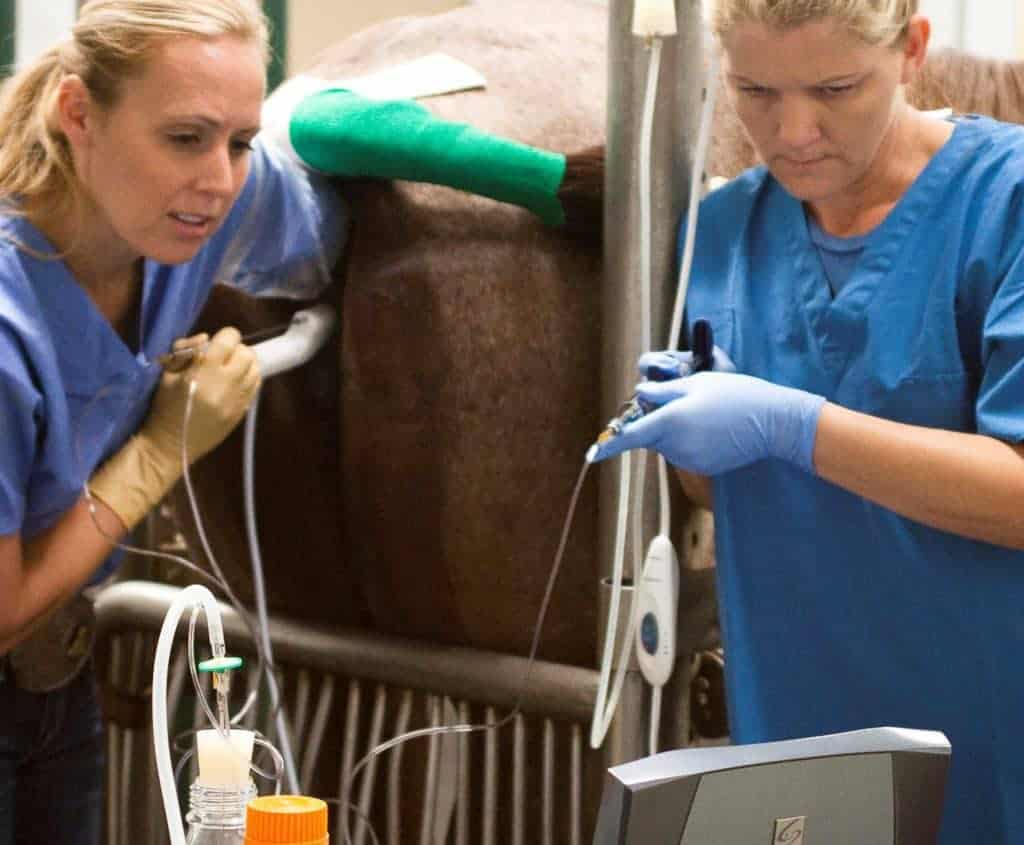
Caterpillars that Cause Abortion in Mares
Learn how researchers determined that hairy, bristly caterpillars can cause abortions and how to protect mares.

Learn how researchers determined that hairy, bristly caterpillars can cause abortions and how to protect mares.

Researchers recently evaluated multiple ovulations and how vets can detect them and, thus, prevent twin pregnancies.

Caterpillar consumption by pregnant mares can lead to fetal loss, late-term foal loss, or weak foals.

Find out what to expect as your mare goes into labor and during your foal’s first hours of life.

The technology behind equine embryo transfers means exciting assisted reproduction options are on the horizon.

Researchers determined that reduced estrogen levels in late pregnancy do not affect pregnancy outcome.
Study topics include laminitis, foal pneumonia, stem cells, endometritis, joint issues, insulin resistance, and more.

Of the 1,485 respondents, 605 (41%) said they prefer to own geldings.

Older mares experience a reduced oocyte (egg) reserve and increased early pregnancy loss.

Complications include chronic endometritis, pyometra, and the marble or shreds of glass adhering to the endometrium.

Researchers determined that excessive uterine edema near the time of ovulation did not adversely affect pregnancy rates.

Researchers from UK presented research on breeding and mare fertility during the 2014 AAEP Convention.

Studies covered biofilms, chilled and frozen semen, endometritis, placentitis, oxidative stress and fertility, and more.

The USDA approved the label claim based on safety studies including a total of 446 pregnant mares.

Implementing a proper vaccination regimen for breeding stock is key to minimizing EVA’s spread around the world.

Equine sexually transmitted diseases can affect pregnancy outcomes and breeding stock welfare.
Stay on top of the most recent Horse Health news with
Notifications